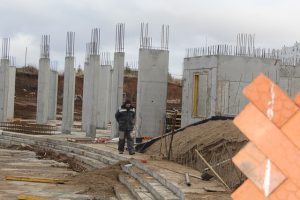Fixing foundation cracks involves understanding their types, severity, and causes. Minor cracks can be sealed with hydraulic cement or carbon fiber wrapping, while severe structural cracks require professional evaluation for underpinning, piering, or wall anchors. Regular inspections, proper drainage, and vegetation management are proactive measures to prevent future crack formation.
Home foundation cracks can be concerning, but understanding and addressing them is key to maintaining structural integrity. This comprehensive guide delves into the world of foundation crack solutions, offering insights on identifying causes, assessing damage, and choosing between temporary fixes and long-term repairs. From traditional structural methods to non-invasive techniques, we explore effective strategies for fixing foundation cracks. Learn when professional intervention is necessary and discover preventative measures to ensure future stability.
Understanding Foundation Cracks: Causes and Types

Foundation cracks can be a common concern for homeowners, but understanding their causes and types is essential in determining the best course of action for fixing them. These cracks can result from various factors such as settlement, soil movement, improper construction, or even extreme weather conditions. Settlement cracks, often seen as hairline fractures, occur when the ground beneath the foundation stabilizes at a different rate than the structure above it. Soil movement, particularly in areas with expansive clay soils, can cause significant cracks due to the swelling and shrinking of the soil.
There are several types of foundation cracks, each requiring specific attention. Structural cracks, indicating serious issues with the integrity of the foundation, need immediate professional evaluation. Stepped cracks, where the crack forms a series of steps, often signal differential settling. Cracks at corners or openings could be due to poor construction practices. Identifying the type of crack is crucial in selecting the appropriate fixing method, such as carbon fiber wrapping for structural stability or hydraulic cement for sealing minor cracks.
Assessing the Damage: Evaluating Crack Severity
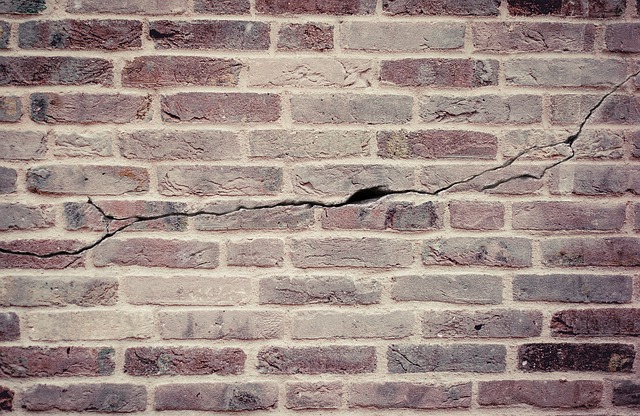
When dealing with foundation cracks, assessing the damage is a crucial first step in fixing foundation cracks. The severity of the crack plays a significant role in determining the appropriate repair method and overall cost. Cracks can range from hairline fissures to large, widening gaps, each presenting distinct challenges.
Minor cracks, typically less than 1/4-inch wide, may not require immediate attention but should still be monitored. More substantial cracks, however, indicating structural damage, demand prompt action. These wider cracks can signal underlying issues like settlement, heave, or water intrusion, necessitating professional intervention to ensure the home’s structural integrity and prevent further deterioration.
Temporary Fixes vs. Long-Term Solutions
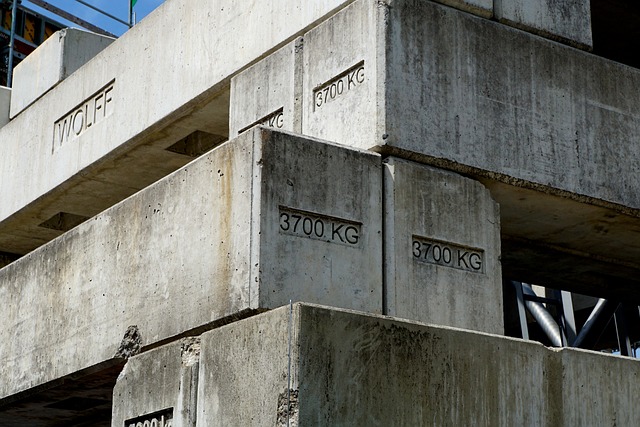
When it comes to addressing foundation cracks, homeowners often face a choice between temporary fixes and long-term solutions. Temporary fixes, while providing quick relief, are usually band-aid approaches that only mask the issue. These methods include filling cracks with epoxy or cement, which can offer a short-lived solution, especially if the underlying problem remains unaddressed. Such fixes might be suitable for minor cracks that don’t indicate more severe structural issues.
On the other hand, long-term solutions focus on identifying and rectifying the root cause of the cracks. This involves thorough inspection to understand if the cracks are caused by settlement, shifting soil, or other structural problems. Professional repairs, such as underpinning or piering, are then implemented to stabilize the foundation permanently. These methods ensure that the cracks do not reappear and protect the home’s structural integrity over an extended period, making them a more sustainable investment for homeowners.
Structural Repair Methods for Foundation Cracks

When it comes to structural repair methods for foundation cracks, there are several effective solutions available. The first step is to assess the severity and type of crack. Small, hairline fractures can often be addressed with non-structural repair techniques such as carbon fiber wrapping or epoxy injection. These methods enhance strength while also preventing further cracking.
For larger structural issues, like settling cracks or heave cracks caused by ground movement, professional intervention is recommended. This may involve underpinning, where additional support beams are installed beneath the foundation to stabilize the structure. In extreme cases, a complete foundation repair using techniques like piering or wall anchors could be necessary to ensure long-term stability and safety for your home.
Non-Invasive Techniques for Minor Cracks
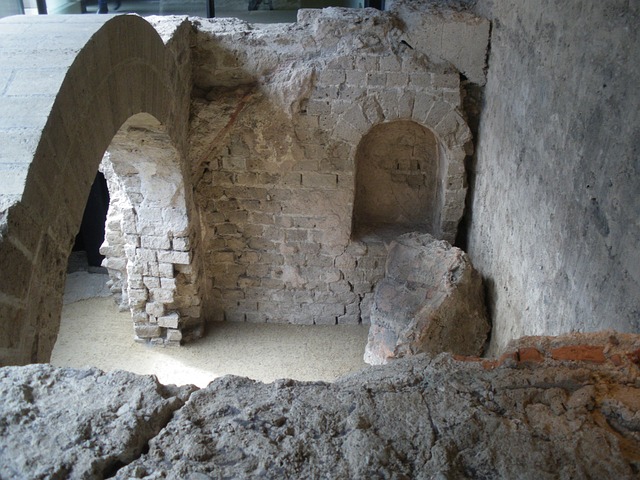
For minor cracks in your home’s foundation, non-invasive techniques offer a cost-effective and less disruptive solution to traditional repair methods. One such method involves the use of injection foam, which is pumped into the crack to expand and fill any voids, providing structural support and preventing further damage. This quick and efficient process can be performed with minimal disruption to your home and landscape, making it ideal for properties where extensive excavation or demolition isn’t feasible.
Another popular non-invasive approach is carbon fiber wrapping, which involves wrapping a strong synthetic material around the foundation crack. This method enhances structural integrity by distributing pressure evenly across the surface, effectively preventing further cracking. Carbon fiber wraps are known for their durability and flexibility, making them a long-lasting solution for fixing foundation cracks without causing any additional strain on the structure.
When to Call in a Professional Structural Engineer

If you notice small cracks in your home’s foundation, don’t immediately panic. Many minor cracks are normal and can be easily fixed with DIY methods. However, there comes a point where do-it-yourself solutions aren’t sufficient. When cracks start to widen, become steeper, or are accompanied by signs of structural instability like uneven floors or doors that stick, it’s time to call in a professional. A structural engineer can thoroughly assess the damage and determine if the foundation crack is a minor issue or indicative of more serious structural problems that require expert intervention and advanced fixing techniques like underpinning or foundation repair.
Preventative Measures for Future Foundation Stability
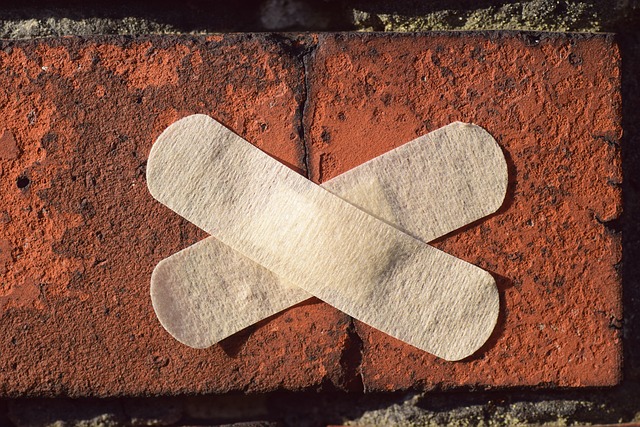
To ensure future foundation stability, it’s crucial to take preventative measures after addressing existing cracks through professional fixing services. Regular inspections are key; scheduling periodic assessments allows for early detection of potential issues. This proactive approach helps identify subtle cracks before they widen, which can be caused by various factors like settlement, soil movement, or structural weaknesses.
Implementing proper drainage systems around your home is another effective preventative measure. Ensuring water doesn’t pool near the foundation reduces hydraulic pressure that can contribute to crack formation. Additionally, maintaining adequate clearance between vegetation and the foundation minimizes root intrusion, which could further exacerbate existing cracks.
